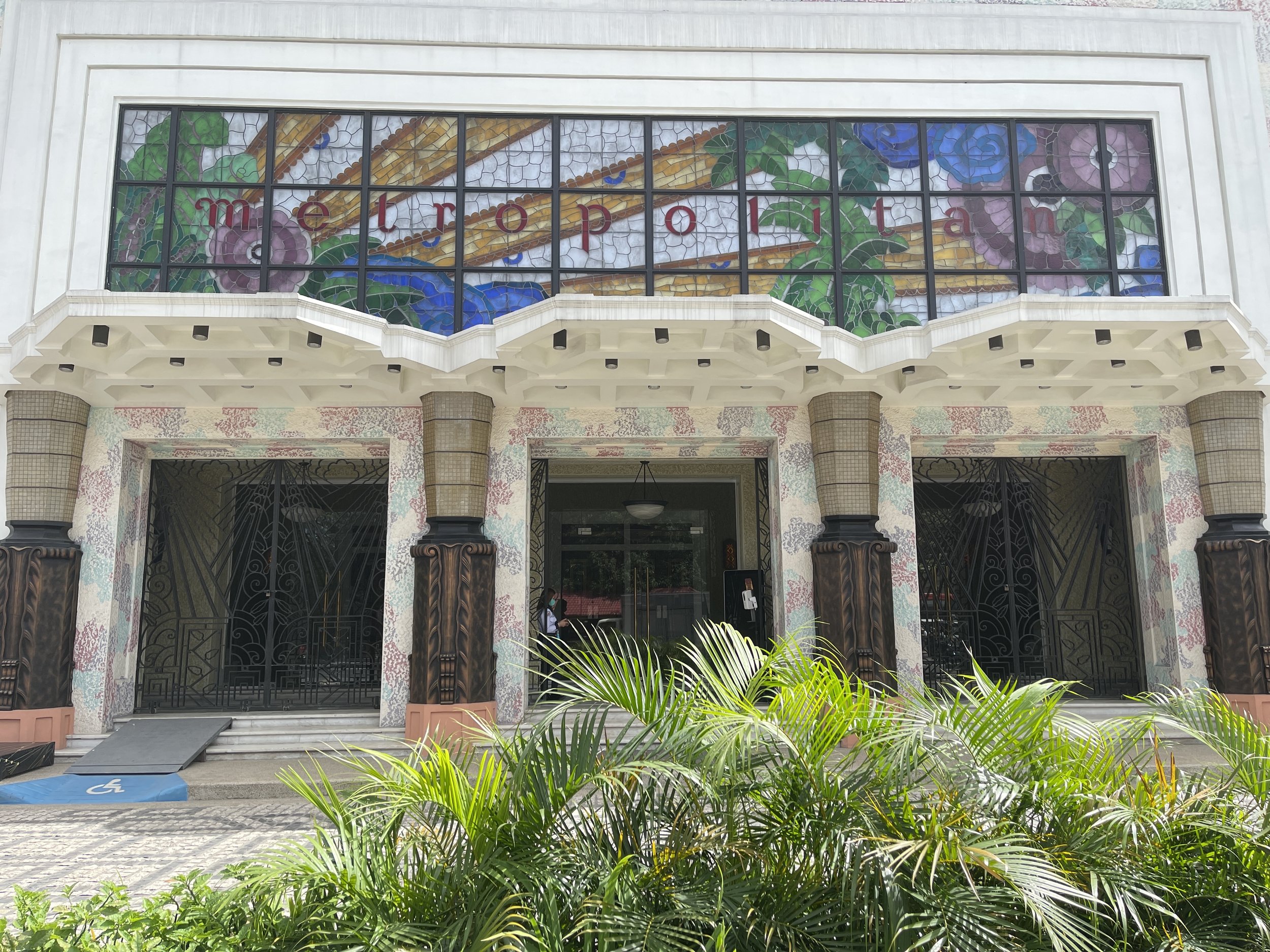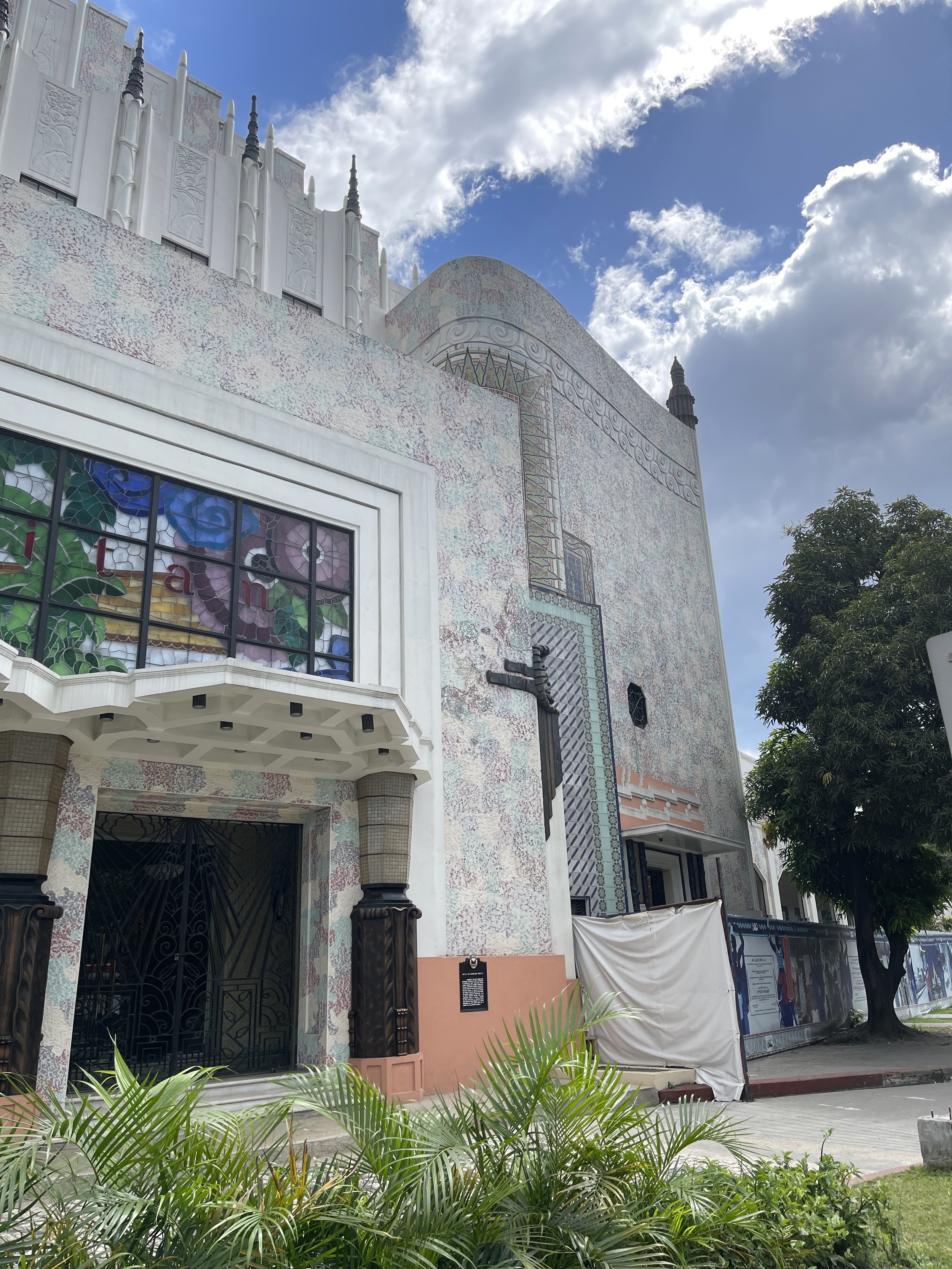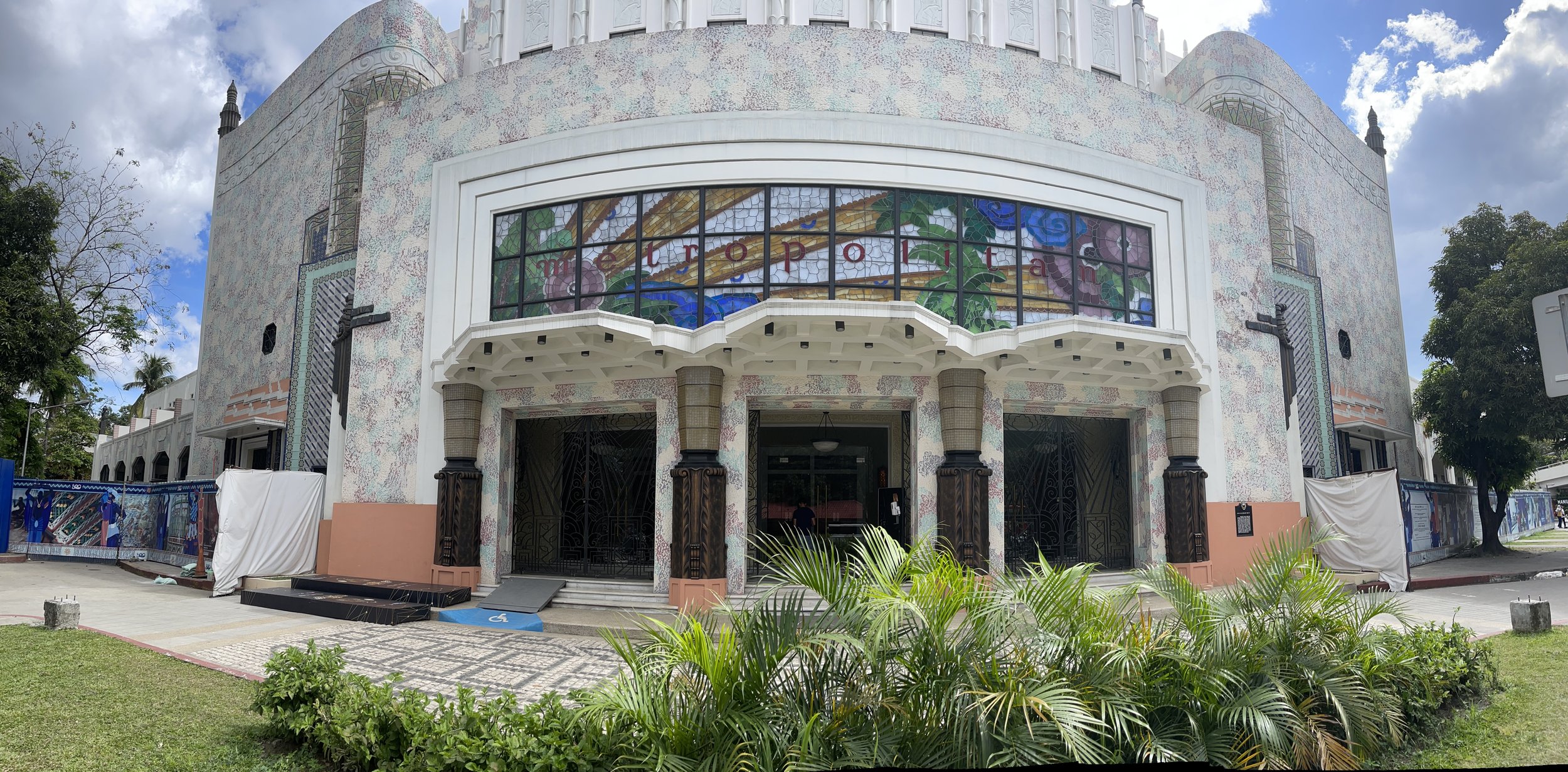Manila Metropolitan Theatre
Juan Marcos de Guzman Arellano was one under the American Colonial Period to study abroad. He was born on April 256, 1888. Painting was one of his hobbies, but this was only the beginning of his journey into architecture. A pivotal moment in his professional career. He graduated with a degree in architecture from the Drexel Institute of Philadelphia in 1912. After graduating, he worked for some time in the firm of George Post and Sons in architectural matters. Traveling around Europe, he started to sketch and paint monuments and landscapes, which served as an inspiration for his early works before he returned to the Philippines in 1917.
After his return to Manila, he joined the Bureau of Public Works, where many of his famous buildings, such as the Post Office, Jones Bridges, and the Legislative Building, were part of his work. His travel greatly influenced his style, which you can see in the Jones Bridge remembering the Pont Alexandre bridge in Paris. The piers were embellished with statues of boys on dolphins and plinths that held four Madre Filipina sculptures. The Manila Post Office was built in 1926 with sixteen prominent Greek columns, which gives a feeling as taken steps back in time.
He returned in 1927 to the US to study a second time which changed his style from neoclassical to art deco. The culmination of this was the building of the Manila Metropolitan Theatre. At its time, it was seen as too modern, yet it has become an enduring symbol of pre-war luxury and a hallmark of Manila's glory days.
Another legacies of his extensive work are his passion for using traditional Filipino motifs in his career. His architecture is filled with different elements of flora and fauna of the Philippines. These are engravings of bamboo stalks, bananas, and mangos, for example, on the ceiling of the Metropolitan Theatre.
World War II destroyed many of his works in Manila, and in later years, he retired from public life and returned to his first love - painting.



